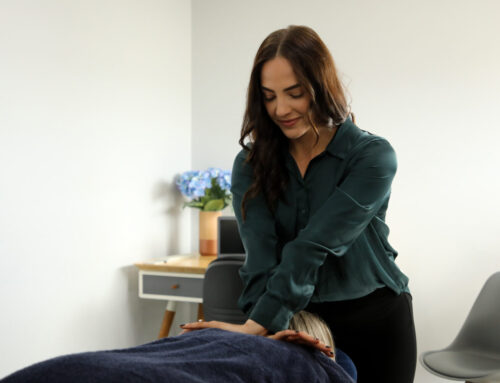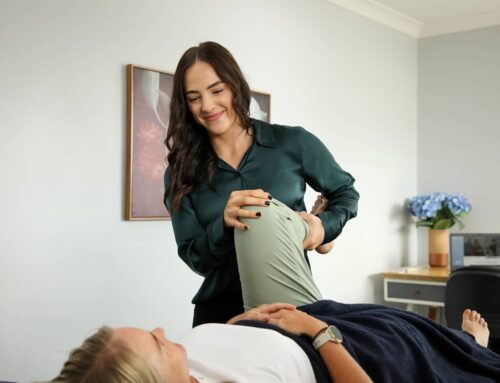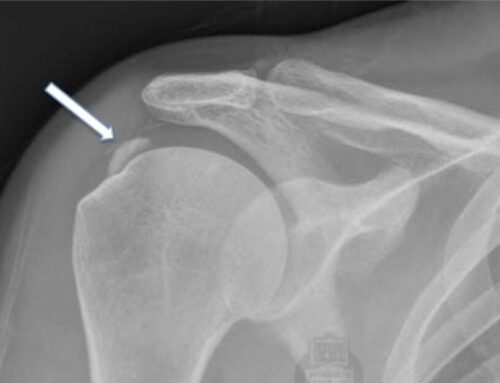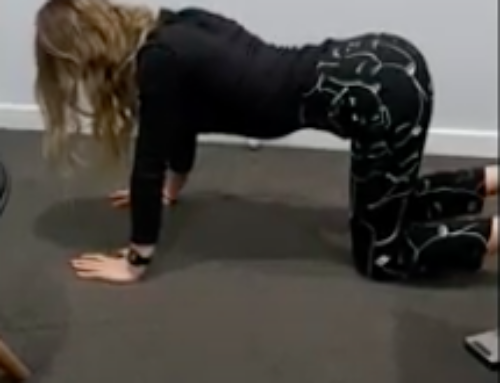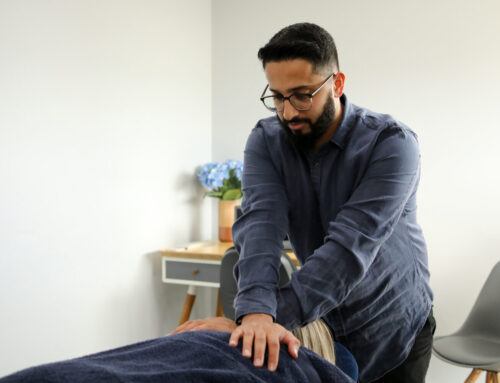Chondromalacia patellae, often referred to as “runner’s knee,” is a common condition affecting the cartilage on the underside of the patella, or kneecap. This condition is characterised by the softening and breakdown of this cartilage, leading to pain and discomfort in the knee. While it can affect anyone, it’s particularly prevalent among young athletes and individuals who engage in activities that put significant stress on the knees.

Image: https://www.braceability.com/blogs/articles/chondromalacia-patella-exercises
How does Chondromalacia Patellae present?
The symptoms of chondromalacia patellae can range from a mild ache to sharp, debilitating pain. Typically, the pain is felt in the front of the knee and is exacerbated by activities such as running, jumping, climbing stairs, or even sitting for prolonged periods. The knee may also feel tender to the touch, and there can be a grinding or clicking sensation when the knee is bent and straightened.
Understanding the Causative Factors
Understanding the root cause of chondromalacia patellae is essential for effective treatment. This condition often results from improper alignment of the patella as it moves over the femur, causing excessive stress on the cartilage. Factors such as muscle imbalances, overuse, poor biomechanics, and even previous injuries can contribute to this misalignment. It’s not just about the knee; the entire kinetic chain, including the hips, thighs, and feet, plays a crucial role in knee health.
 The Osteopathic Approach to Treatment
The Osteopathic Approach to Treatment
Addressing chondromalacia patellae involves a holistic approach. It’s not just about treating the symptoms but understanding the body as a whole and how various factors contribute to the condition. Osteopaths emphasise the importance of posture, balance, and the integration of the musculoskeletal system. By focusing on the body’s natural ability to heal, osteopathic treatment aims to restore function and alleviate pain.
Correcting Biomechanical Issues
A key to managing chondromalacia patellae is identifying and correcting any underlying biomechanical issues. This may involve a combination of manual therapies, exercises, and lifestyle modifications. Strengthening the muscles around the knee, particularly the quadriceps and hip abductors, can help improve patellar alignment and reduce stress on the cartilage. Stretching tight muscles, such as the hamstrings and calves, is also crucial for maintaining proper knee function.
Lifestyle and Training Modifications
Recommendations for changes in footwear, modifications to training routines, and techniques to improve posture and movement patterns can also aid with symptoms. For athletes, it’s vital to ensure that training programs are balanced and that proper recovery protocols are in place to prevent overuse injuries.
 Final Takeaways
Final Takeaways
With the right approach, it’s possible to manage the symptoms and maintain an active lifestyle. Osteopathy offers a comprehensive treatment plan, focusing on the whole person rather than just the affected knee. By promoting the body’s natural healing processes and addressing the root causes of the condition, osteopathy can help individuals find relief and get back to doing the activities they love.
Please feel free to contact our clinic to book an appointment here or call us on 59414157.
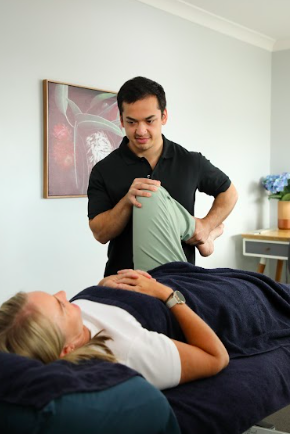 The Osteopathic Approach to Treatment
The Osteopathic Approach to Treatment Final Takeaways
Final Takeaways